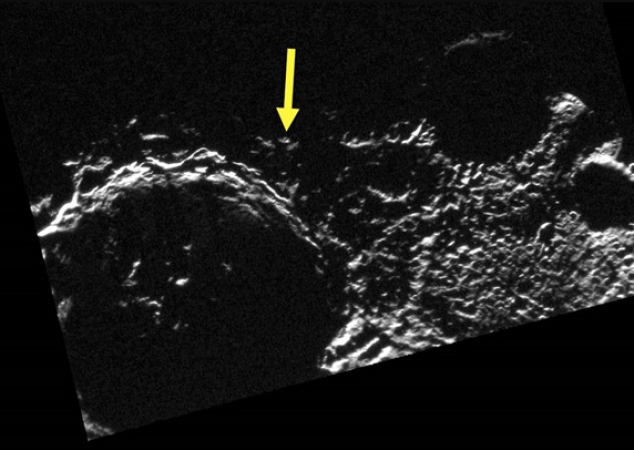
United States: Recently, 17 lunar regolith samples (loose rocks and glass fragments) returned to Earth by the Chang'e-5 lander were examined by the Chinese Academy of Sciences.
Tests showed that the samples contained more hydrogen than samples from the Apollo missions. According to the researchers, hydrogen molecules may have been incorporated into the lunar soil by solar winds, a steady stream of charged particles emitted by the Sun.
Scientists were surprised when they found that samples of Chang'e-5 regolith returned in December 2020 contained significantly more hydrogen than samples from the Apollo missions.
Also Read: The leader of Hong Kong will request the China National Anthem through Google
These hydrogen atoms can combine with oxygen atoms to form water. This raises an intriguing possibility: Astronauts landing on the Moon in the future may have immediate access to water.
The Moon's equator, where the temperature is about 107 °C, is where all six Apollo missions landed and took samples.
The heat causes the hydrogen, hydroxide and water in the regolith to readily escape or "outgas".
While the Chang'e-5 is docked at 43°N of the equator, the temperature is around 77°C, the climate of this location is cold.
Also Read: Users can now record the screen with the new Windows 11 feature
According to the scientists, the Chang'e-5 regolith samples may have retained more hydrogen due to the colder temperatures observed at higher altitudes on the Moon.
Some Chang'e-5 samples were heated for about 28 hours to temperatures that were much higher than those experienced here at noon.
Only 20% of the trapped hydrogen escaped, which demonstrated the stability of the hydrogen-rich regolith samples.
After a series of modelling-based investigations, the researchers concluded that the regolith near the lunar poles contains an average of about 560 parts per million (ppm) of water.
This number is almost identical to the number predicted by the NASA-supported Moon Mineralogy Mapper, a guest instrument that flew on Chandrayaan-1.
It calculated the water content of the polar regolith to be between 400 and 700 parts per million (not counting ice).
Rock samples that were drilled from a depth of about two meters and regolith samples that were taken from the top few centimeters of the regolith were included in the Chang'e-5 lander's collection of samples.
In addition to learning about the high lunar latitudes, scientists were able to study the young portion of the crust.
Also Read: Over Norwegian skies, dazzling pink auroras were photographed
NASA's Artemis 3 mission will dock close to the lunar south pole and will be the first Artemis mission to set foot on the Moon.
It will be close to the area where regolith samples were collected by the Chinese lander.
The water and hydrogen resources there could turn the satellite into "space's version of a gas station".